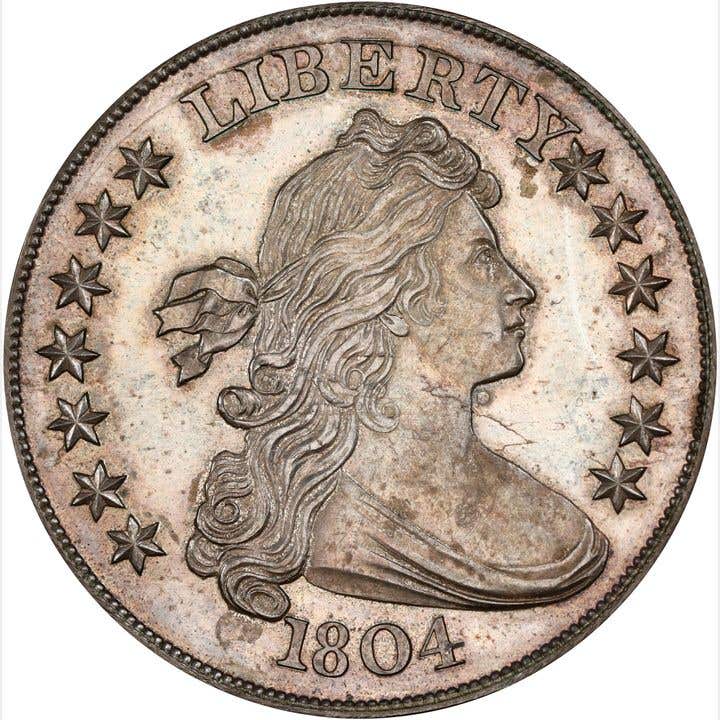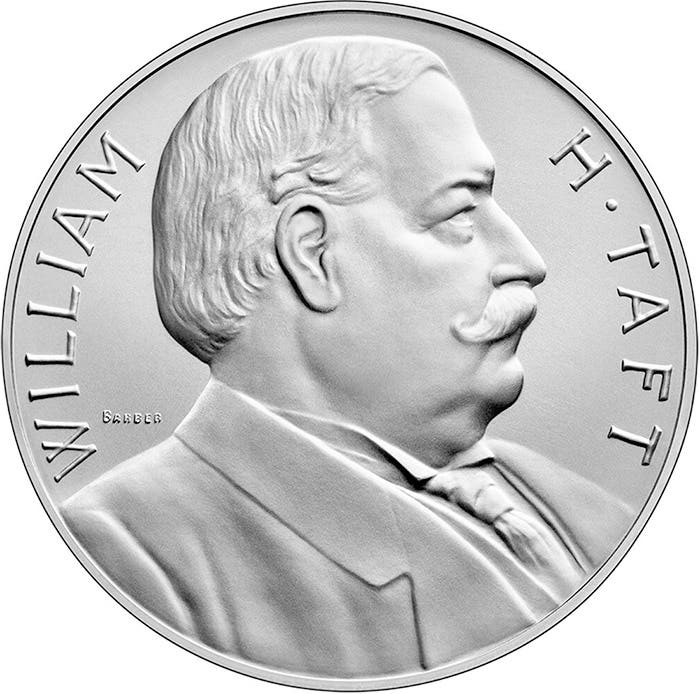1797 Large Cents and the Nichols Find
Some coins are important not because they are tougher than expected but because they are more available than might be expected. When that happens there is usually a good reason,…
Some coins are important not because they are tougher than expected but because they are more available than might be expected. When that happens there is usually a good reason, which then makes for a very good story.
The 1797 and 1796 are at least possible in Mint State. In fact, most dates are possible in Mint State but large cents produced prior to 1800 are not dates one would routinely expect to find in Mint State, and with good reason. After all, back in 1797, there were virtually no collectors who saved new coins. If they saved any new coins they would probably have been large cents but there is no evidence.
Several conclusions are possible. The problem is that most reasons for the 1797 being more available than the other dates of the period would not stand up to much questioning. The 1797 had a mintage of 897,520, which was nearly 1 million less than the 1798 and over 1 million less than other dates of the type. There is no case to be made that the 1797 should be more available than other dates of the same type based on mintages. There also is no solid case to suggest that in 1797 there was a wild outburst of collector activity as opposed to the other years of the period.
To find the reason for the unusual numbers of the 1797 seen at the grading services today, the place to look is the famous Nichols Find, also known as the Goodhue-Nichols Find, which saw examples of the 1797 being sold for about $1 each back in 1858-1859. The coins were apparently sold by David Nichols of Gallows Hill near Salem, Mass. In Q. David Bowers’ book, American Coin Treasures and Hoards, he suggests that the coins were perhaps originally traced back to Benjamin Goodhue, a member of Congress and Senator prior to 1800 who died in 1814. “It is believed that Goodhue gave the coins to his daughters, from whom they descended in the family. Eventually, they were distributed in the Salem area.”
The number of coins in the hoard is a matter of debate. It is known that the Mint at the time issued bags of 1,000 and boxes of 5,000. The numbers suggest a bag and the years have taken a big told on the numbers still likely to be found in Mint State as although the 1797 is more available than other dates, it hardly is found in Mint State in numbers which would suggest 1,000 pieces or more. It is known that the Mint at the time issued bags of 1,000 and boxes of 5,000.
The lack of large unusual numbers of the 1797 is not at all surprising, especially when you consider the circumstances. If the coins were actually dispersed in the Salem area by David Nichols during the Civil War, there may have been enough collectors at the time to absorb the supply, but the numbers would have been far below the 1,000 total. Years would have also taken a real toll as not every example would have found a good home and proper care.
There are enough estimates that perhaps 100 or so exist and even that is probably high. Bowers describes the average example from the hoard, stating, “Today the typical Nichols Find cent is apt to be glossy brown with somewhat prooflike fields, toned a medium brown.”
The price of the 1797 today is $225 in G-4 while an MS-60 is at $4,100. The prices of other, less available dates are lower. That is hard to explain but it could also change as it must be remembered that later dates have larger mintages and would seem more available.
The fact remains that the Nichols Find is pretty well-documented and the 1797 does seem to be more available, especially in Mint State than would be normally expected. It all makes for a very interesting story about an older and perhaps not as well-documented hoard that results in an interesting situation today and an interesting story regarding the 1797 large cent.
As an Amazon Associate, Numismaticnews.net earns from qualifying purchases made through affiliate links.









